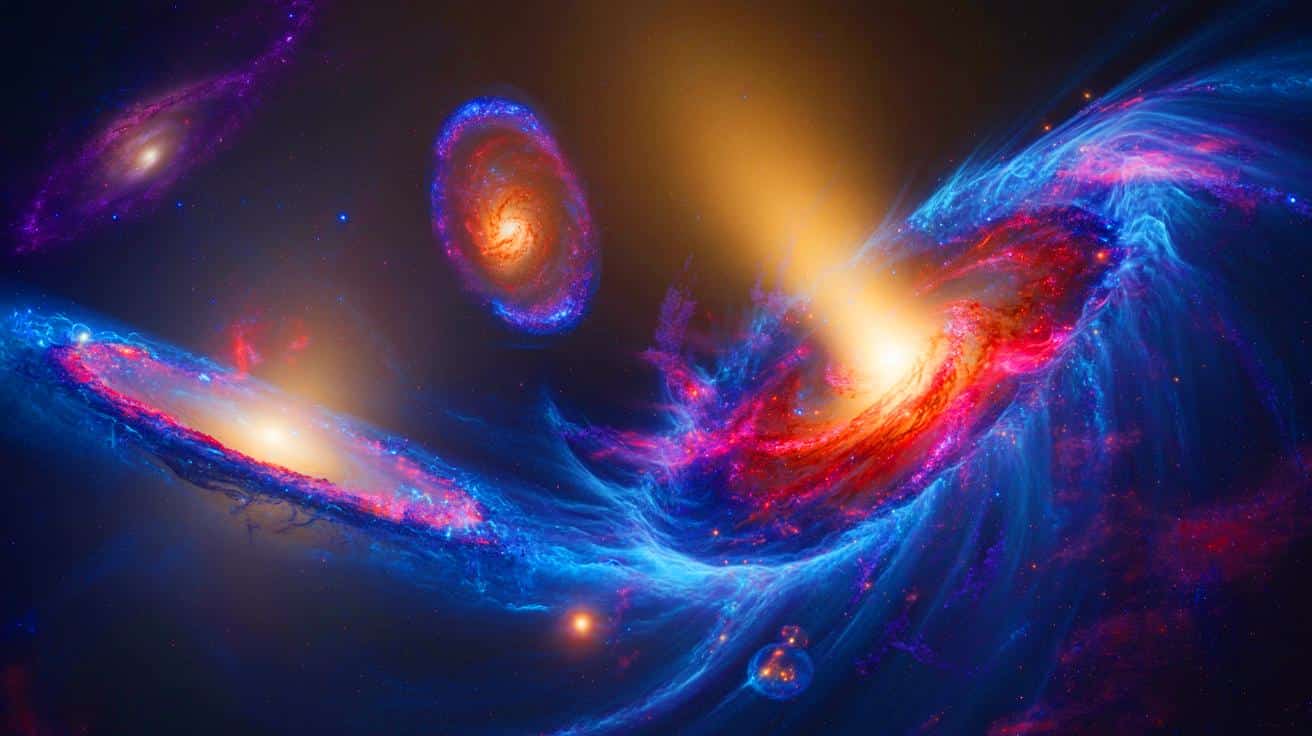Earth is Getting Darker: Shocking Findings from NASA Reveal Climate Change Impact!

Did you know that our planet is actually getting darker? It sounds unbelievable, but NASA has just unveiled some eye-opening findings that could change everything we thought we knew about climate change and its effects on Earth.
For more than two decades, NASA has been closely monitoring what is known as Earth’s radiation budget—the delicate dance between the sunlight that warms our planet and the energy that escapes back into space. Recent analyses conducted by NASA’s Clouds and the Earth’s Radiant Energy System (CERES) reveal a startling trend: Earth is reflecting less energy into the cosmos, which means it is literally getting darker.
But there’s more to the story. Researchers have pinpointed a widening disparity between the Northern and Southern Hemispheres. This study raises crucial questions: What does this shift signify for our planet's future? And how are these changes linked to climate change?
Leading the charge is NASA’s Norman Loeb from the Langley Research Center in Virginia. His research indicates that the diminishing brightness in the Northern Hemisphere compared to the Southern Hemisphere can be attributed to several factors: aerosol-radiation interactions, surface albedo changes, and fluctuations in water vapor levels. Simply put, the way clouds react to this imbalance could have significant implications for our climate moving forward.
You might wonder how rising temperatures play a role in this darkening phenomenon. The answer lies in the Arctic, where melting ice caps—once bright and reflective—are now allowing more sunlight to be absorbed by oceans and rocks instead of being deflected back into space. This is a critical factor in understanding 'surface albedo,' which is crucial because lighter surfaces reflect more light, whereas darker surfaces absorb it. Think about how snow can make you squint; that’s the reflective power we’re losing.
Surprisingly, a reduction in pollution has also played a role in this complex equation. Cleaner air has led to fewer low-lying clouds, which previously acted as reflective shields in the atmosphere. This means that while we’re doing well by cleaning up our environment, it’s impacting our planet’s energy balance in unexpected ways.
While the difference in energy reflection between the hemispheres is relatively modest—just 0.34 watts per square meter per decade—it’s enough to warrant attention. So what does this mean for humanity? The unsettling reality is that an altered energy budget could lead to a cascade of temperature destabilization, with the Northern Hemisphere warming at a faster rate than its southern counterpart. And if we think about the implications of that, it’s clear that we need to take this seriously.
In conclusion, this intriguing aspect of climate science reminds us that our planet’s health is intertwined with our choices. The insights from this NASA study serve as a wake-up call to rethink our environmental strategies, as the Earth’s changing brightness impacts us all.


























